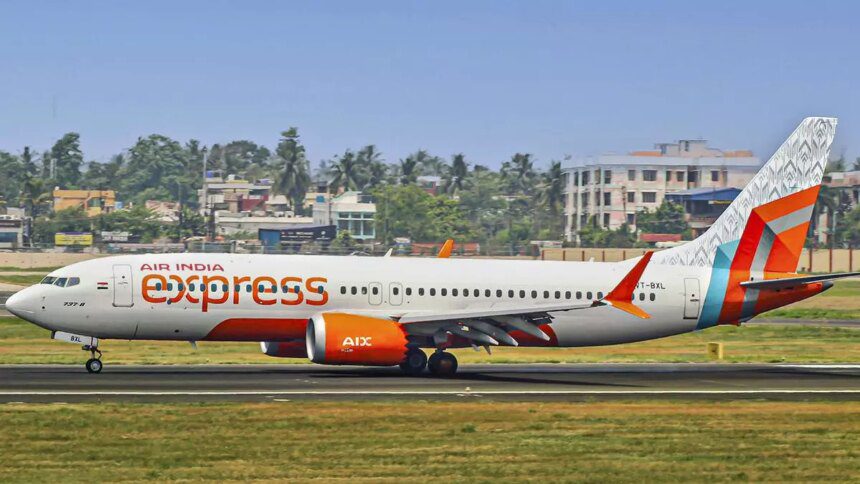Boeing, the global leader in aerospace, announced on Thursday that the commercial aircraft fleet in India and South Asia is projected to increase nearly four times over the next two decades, reaching a total of 2,835 aircraft. This surge is primarily driven by growing demand from airlines based in India.
Currently, India operates over 800 commercial aircraft and has approximately 1,700 additional planes on order, with expectations for these orders to be fulfilled beyond 2030.
According to Boeing’s latest Commercial Market Outlook (CMO), this growth trend will be supported by a significant increase in air traffic in the region, anticipated to grow at a rate exceeding seven percent annually through 2043. This is attributed to ongoing economic expansion, improved connectivity, and supportive air travel liberalization policies.
The CMO indicates that domestic air travel will emerge as the largest and fastest-growing sector within India’s travel market, propelled by the expansion of low-cost carriers and the diversification of networks.
Ashwin Naidu, Boeing’s Managing Director of Commercial Marketing for India and South Asia, stated, “The India and South Asia region continues to lead the world in commercial aviation growth due to robust economic and trade advancements, rising household incomes, and ongoing investments in infrastructure and development.”
Regarding aircraft types, the CMO highlights that fuel-efficient single-aisle planes, such as the 737 MAX, are expected to make up nearly 90% of commercial jet deliveries during the forecast period from 2024 to 2043, totaling around 2,445 aircraft.
Moreover, the region’s fleet of widebody aircraft is projected to quadruple, reaching 370 as airlines utilize models like the 787 Dreamliner and 777X to enhance long-haul routes, especially connecting India with North America, where capacity has doubled over the past ten years.
Additionally, the CMO predicts that the fleet of cargo freighters, both newly built and converted, will expand five-fold to 20 as the region strengthens its position in global supply chains, advanced manufacturing, and e-commerce.
Finally, the demand for aviation personnel—including pilots, cabin crew, and technicians—is expected to quadruple to 129,000, reflecting the fastest growth rate for any region in the world as the commercial aircraft fleet continues to expand.










